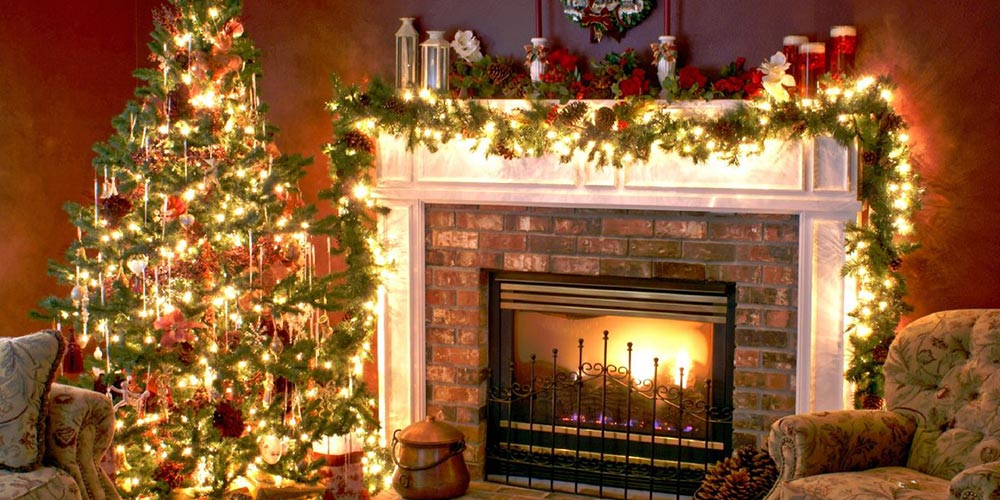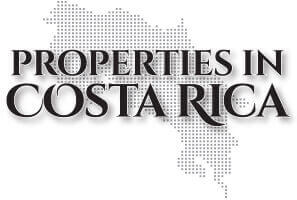
Holiday season in Costa Rica
December 23, 2019
Properties in Costa Rica
Costa Rican Christmas is a day filled with festivities and family traditions that go back decades. Christmas decorations can go up as early November, right after the Halloween decorations go down, Christmas ones go up. As holiday preparations kick into high gear, many Costa Ricans decorate their homes with blinking lights, a Christmas tree, as well as your favorite Christmas and religious characters (Santa, Nutcracker, Jesus).
Christmas is a time of bonuses and long vacations from school and work. All employers are required by law to pay an aguinaldo, an annual bonus equivalent to one month’s salary. Students enjoy about 2 months off from school, while many employees get at least a week or two off from work. Most government offices close for the weeks preceding and following Christmas day. Due to the extra vacation time and bonuses, the end of December is one of the most popular times of year to travel. In terms of travel, families from all over the world love to travel to Costa Rica during the holiday season, surging prices to max during this period.
Christmas is a very important tradition for Costa Ricans. Most families, religious or not, display a nativity scene in their home. Tradition states that families who do not own a home may only use gifted nativity scenes so that the Holy Family will help them buy a house in the future. Schools, churches, and town parks also assemble large and elaborate nativity scenes. Both personal and public displays are a source of pride, featuring fresh moss, brown wrapping paper, and treasured figurines to depict the night of Jesus’ birth.
Traditionally, Costa Ricans buy cypress trees for Christmas. Artificial trees are also used and recently have become more common. Most families decorate their trees with ornaments, lights, and a golden star, very similar to our North American friends. A large Christmas Tree displayed at the San Jose Children’s Hospital is perhaps Costa Rica’s most famous Christmas tree. It is said to represent thankfulness for all we have been given especially during that year, and the year that is to come.
Groups walk through the streets on some nights, singing Christmas carols and spreading the Christmas spirit. These processions, known as posadas, vary by town. Some are led by two small children carrying a replica of Joseph and Mary on a donkey, while others have their own personal traditions
Though most homes and public places have been decorated for weeks, the Christmas season officially kicks off with the Festival of Lights in San Jose. The event, which annually holds about one million individuals, and usually takes place two weeks before Christmas. The giant parade, which includes floats and bands, also displays hundreds of thousands of lights, including inspiring fireworks displays.
Christmas Eve, known as Noche Buena (Good Night), is a day for the family. After spending the day together, many Catholic families attend a Christmas Mass. After mass, families settle in for a late-night Christmas feast, which can often include turkey, pork leg, tamales, and other traditional foods. Once the children are in bed, the baby Jesus brings gifts that will be opened on Christmas morning. Only until recently has Santa Claus become a part of family Christmas traditions. After the midnight meal, most families place a Baby Jesus figure in their nativity scene manger, symbolizing the one and only holy birth.
The holiday season officially ends on January 6th, the Epiphany Day (Day of Kings and WIzards) Costa Ricans add the three wise men to their displays on this day, representing their arrival to Bethlehem. Religious songs and hymns can be sung, as this marks the end of the festive holiday season in Costa Rica.
